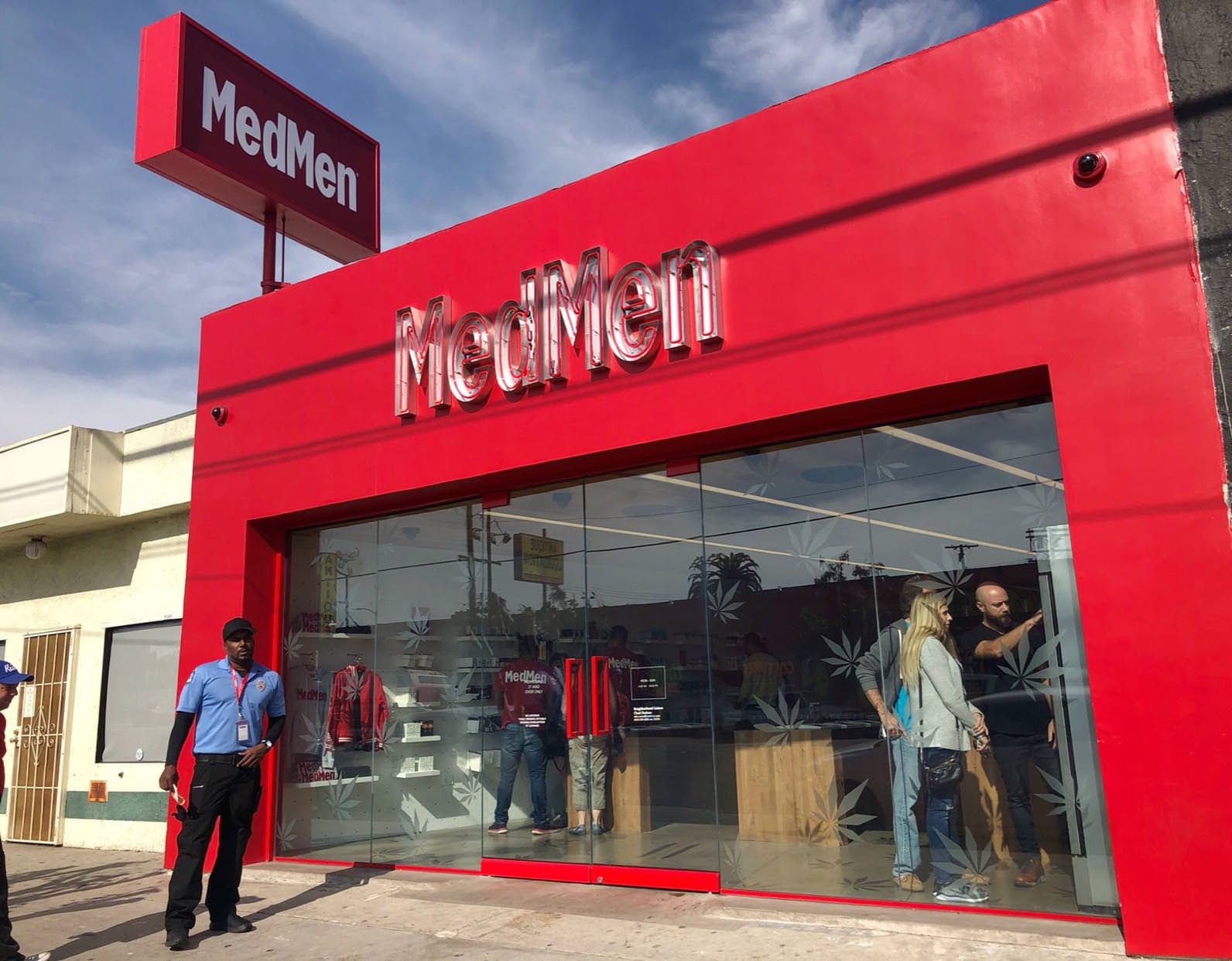Marijuana marketing expert Lily Colley knows well the long list of hurdles that cannabis firms face as they hustle to scale their brands and compete nationally.
As the national marketing director for Denver-based edibles maker Incredibles and former marketing coordinator for Denver-based Dixie Brands, Colley has navigated the patchwork of state regulations and restrictions on paid advertising and other marketing practices.
In an interview with Marijuana Business Magazine, Colley discussed the top branding trends underway and strategies for overcoming the marketing limitations many firms face.
What are the top regulatory challenges for cannabis marketers?
Not only are paid promotions illegal almost universally, but the fragmented state-by-state legal structure means that substantial resources must be devoted to compliance while also devoting substantial resources to creating state-specific labels and networks.
As more brands begin to scale and emerge as national players, will smaller, regional brands be able to survive?
Agile regional brands will survive if they continue to scale, adopt new technologies and refine their product offerings and offer budtender training. (See related story on page 74.) One of the few advantages of the fragmented state-by-state regulatory environments and limited manufacturing licenses in each market is that brands who are first-movers and who possess local-market expertise and networks will continue to thrive.
Consumer education is growing as a key component of cannabis branding and marketing. How do you see this evolving?
Incredibles has gone so far as to develop video education assets (and) leave-behind print materials focused on responsible consumption best practices. We’re also looking into consumer apps and developing in-store brand ambassadors and sales-rep training programs.
I think it will be very interesting to see the continued evolution of effect-based products, which require a large amount of budtender and consumer education. As capital and scientific research begins to become the norm in the industry, it will be interesting to see what will determine the winners and losers. Will it be education, product quality, swag marketing efforts or price point?
Licensing deals have become a go-to maneuver for brands that are looking to scale nationally. What are some do’s and don’ts when it comes to crafting these deals?
Learning from mainstream industries to adopt licensing best practices is critical.
For any national brand, the key is to deliver consistency. The real headache is in the operational budget responsibilities and individual market challenges like making the labels and products compliant.
Do’s and Don’ts
- Do build teams, intellectual property and processes above all. This will grow marketing share in the long run.
- Do focus on the budtender—that means samples, education and swag.
- Do deliver a consistent product or service that fills a current hole in the market.
- Don’t underestimate the importance of picking a partner with a similar corporate culture and clarifying details up front, including:
- SKU details and input costs and sourcing (especially oil and skilled labor).
- Where the marketing budget is coming from and who is responsible for executing it.
What are the top branding mistakes you’ve seen in the industry?
Don’t be condescending! That means not talking down or “dissing” a fellow member of the industry. Everyone is an advocate—especially the early industry members who made huge personal sacrifices for the cannabis cause. The industry is still on the fringe due to banking and research hurdles. Being positive sends a strong message of industry solidarity to the general public. Remember, “A rising tide lifts all boats.”
This interview has been edited for length and clarity.





